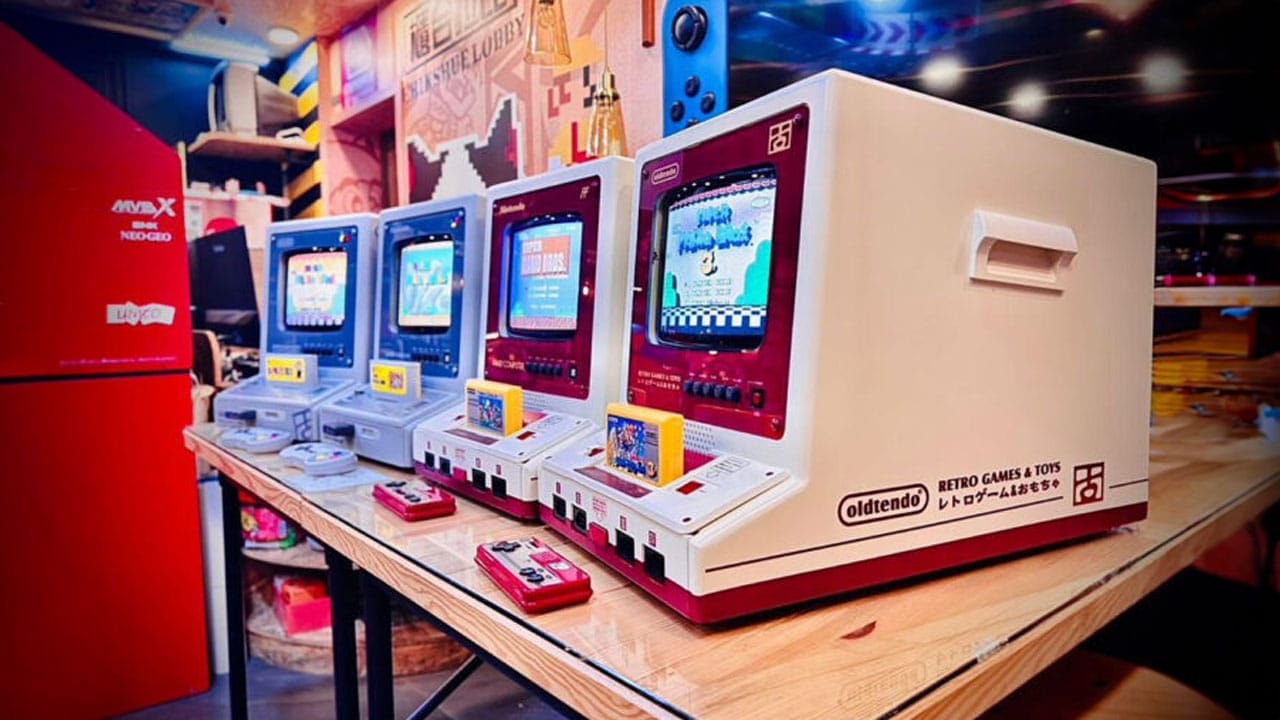Maker Builds 1990s-Inspired Portable Switch 2 with Genuine Colour CRT
One maker has answered a question nobody asked by building a fully portable, 1990s-inspired dock for the Nintendo Switch 2, complete with its own CRT display.
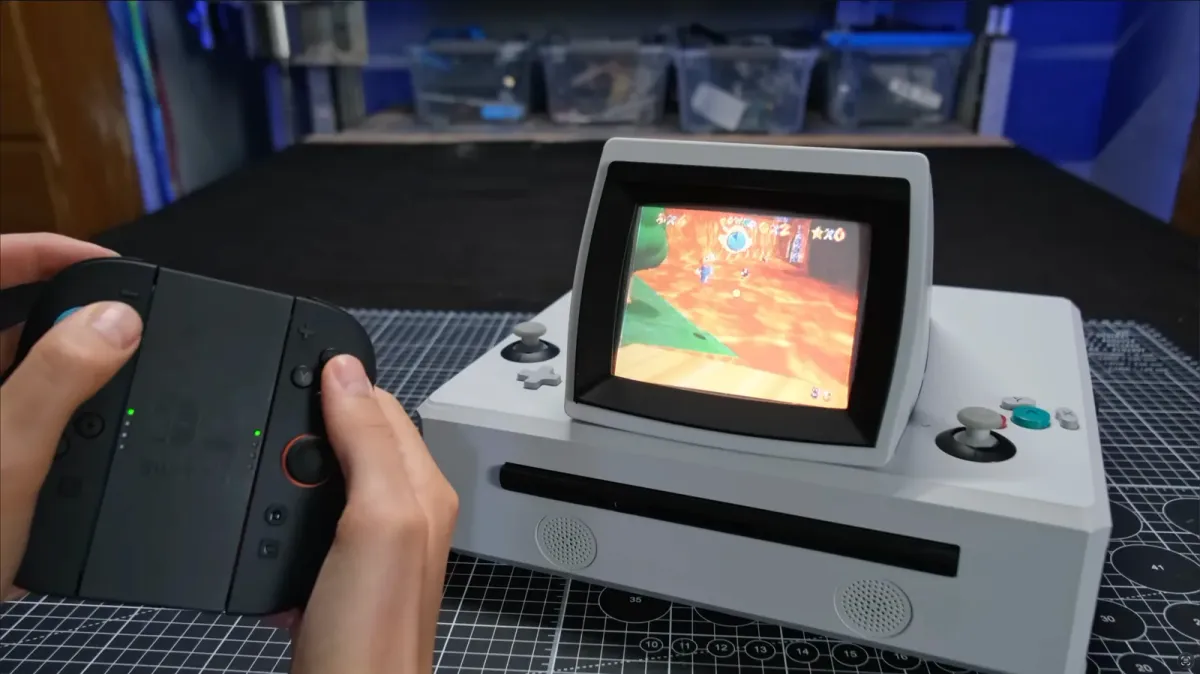
In an ambitious project blending cutting-edge hardware with nostalgic-fuelled determination, a creator known as Joel Creates has successfully built a portable dock for the Nintendo Switch 2 that features a genuine, portable colour CRT screen. The project was conceived as an exploration of why older technology, despite its flaws, retains such a powerful hold, stemming from a vivid childhood memory of a Super Mario 64 store display in 1996, which he recalls as being 'hard to distinguish from a shrine'.

The final device, a chunky, 90s-styled enclosure that docks the Switch 2 'like a VCR', is far more than a simple novelty. It serves as a physical argument for the relevance of cathode-ray tubes in a high-definition world. The creator leans on testimony from industry veterans, including Xbox creator Sheamus Blackley, to make his point. Blackley, featured in the video, explains that CRTs are 'emissive', meaning they emit light from each pixel, whereas modern LCDs are 'subtractive'. This fundamental difference, Blackley argues, is why 'all the old games were designed on these TVs' and, simply, 'look right on a CRT'. This sentiment is echoed by Mech Warrior creator Jordan Weissman, who notes that the 'most brilliant designs' often come from 'the most severe constraints'—a philosophy that defined the project.
The build process was fraught with exactly those constraints. After consulting with fellow maker Shank Mods, Joel sourced a rare Sony Watchman portable colour television, as most tiny CRTs were black and white. This immediately presented a design nightmare: 3D-modelling an ergonomic case for a component that is anything but thin. As the creator noted, 'Almost all gaming handhelds are built on the premise that the screen will be thin. And our boy is thick'. After a severe back injury stalled progress for months, development resumed, only to hit a catastrophic snag: the irreplaceable Sony tube died. 'You could smell it when it was turned on', the creator laments. This forced a complete redesign around a larger, but higher-quality, Memorex tube. This change, however, reinforced the project's retro ethos.
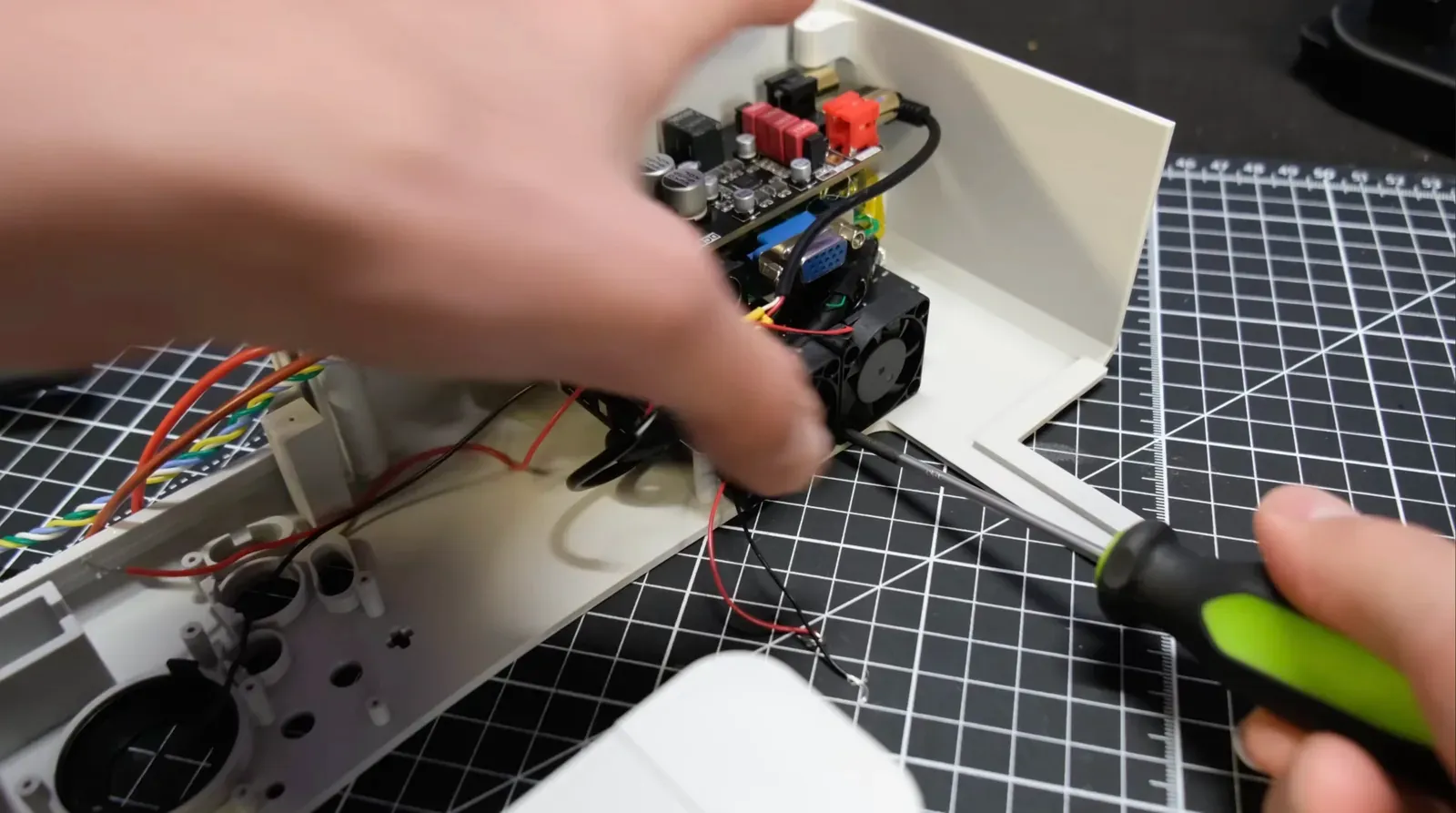
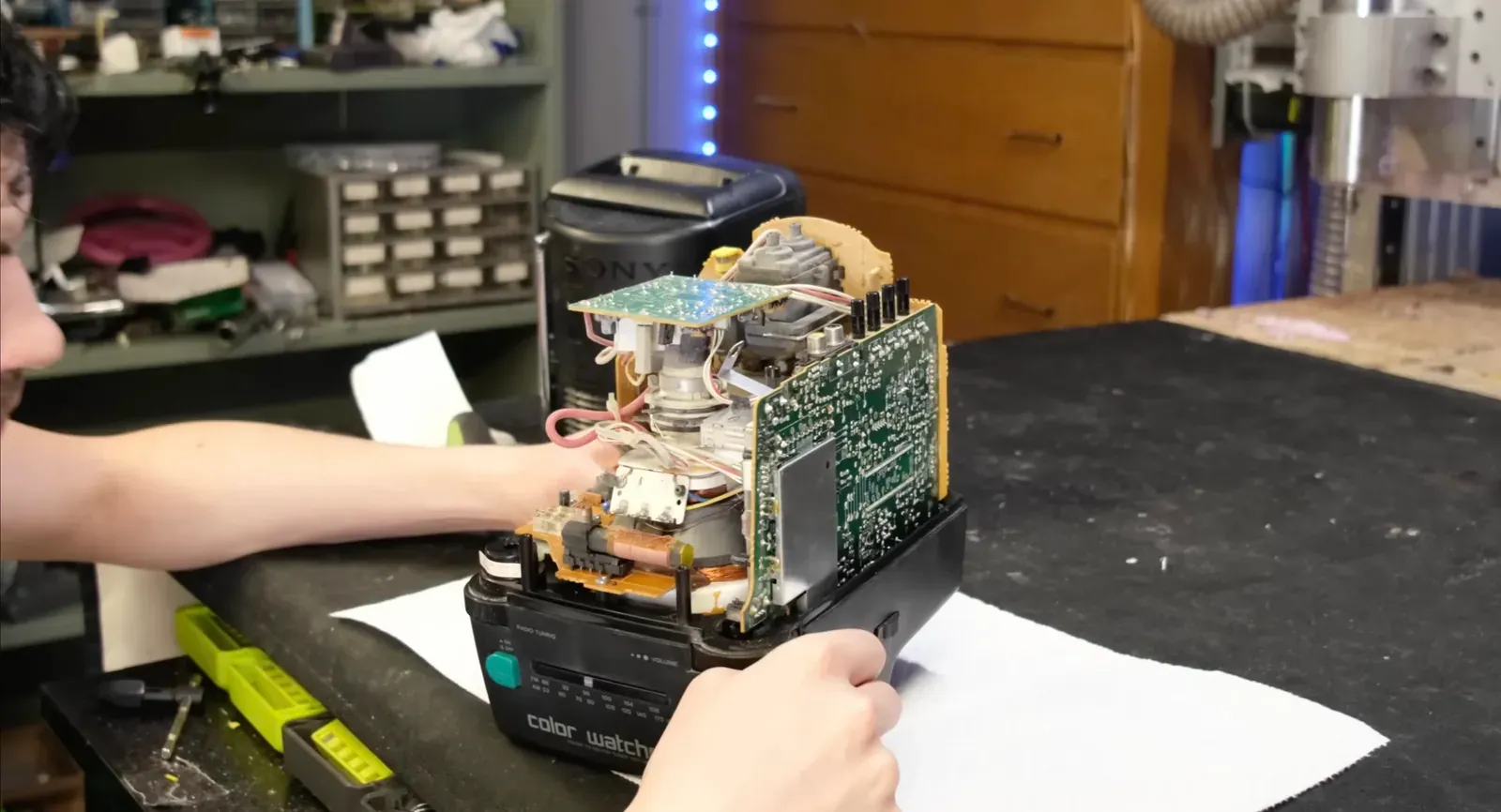

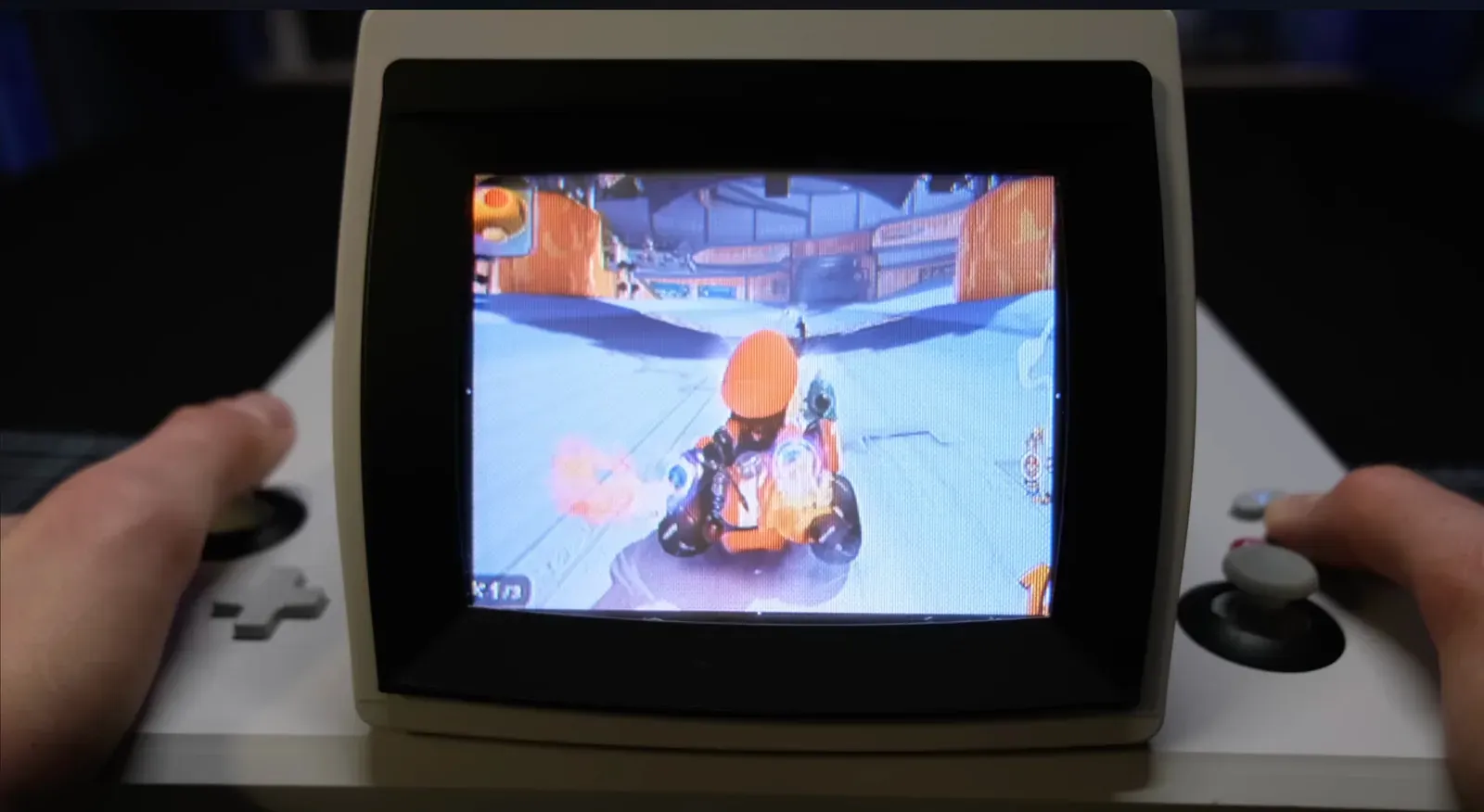
The resulting device is too large to be held 'inches from your eyes, laying down in perfect isolation' like a modern Switch. Instead, it must sit on a lap, with room for others 'to huddle around the tube like a campfire', recalling a more social, communal era of gaming. The technical hurdles were just as significant, requiring a complex chain of adapters—HDMI to VGA, then VGA to composite—just to get the Switch 2's 16:9 signal to display correctly in 4:3 on the CRT. Sound was also a priority, with the maker integrating speakers based on the highly-regarded design from the iMac G3. Even near the end, disaster struck again when the creator accidentally supplied 12 volts to his 5-volt components, frying the converter and controller boards and forcing yet another costly replacement.
The final, working machine is a testament to perseverance. While the creator admits it has some controller latency, the 'buttery smooth' refresh rate, vibrant image, and deep audio create an experience that is, in his words, 'like a glowing window into the past'. The project successfully argues that in an age of digital convenience, something valuable was lost. By embracing the 'severe constraints' of obsolete technology, the maker has not only built a unique gaming portable but also recaptured the sense of craftsmanship and 'sweated over' excellence that modern, frictionless tools often fail to inspire.

